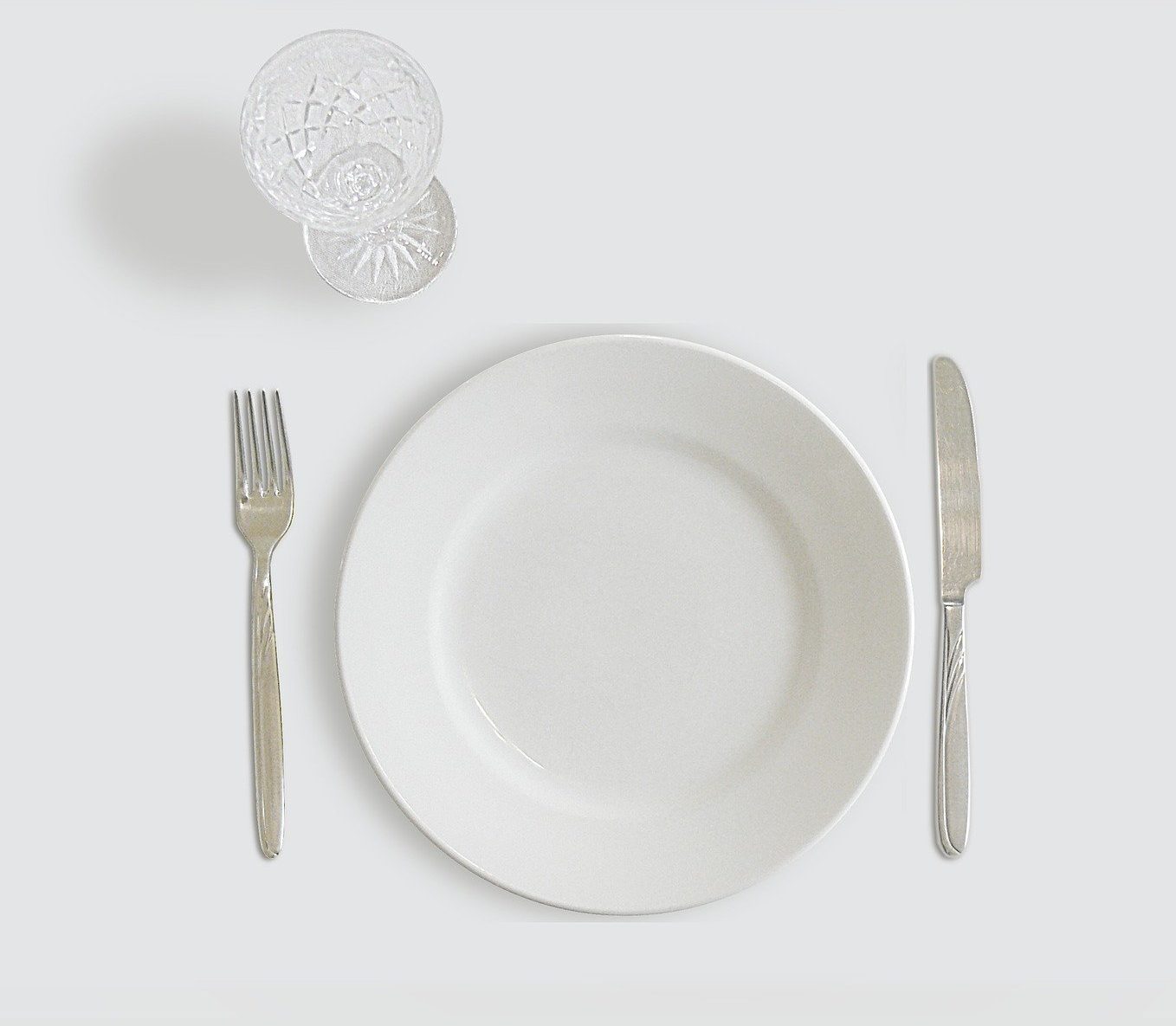“I think it would be useful for young married people who are setting up house together to know what they have to get in the way of knives, forks and spoons. I mean, of course, a complete service, so as not to cut a sorry figure when the duchess comes to dinner.” So goes the opening paragraph of an essay titled Knives, Forks and Spoons, by the acclaimed and multi-awarded Italian designer and artist Bruno Munari (1907-1998), in his 1966 book, Design as Art.
He continues: “An inquiry which I have carried out in the knife, fork and spoon industry reveals that today there is an implement for every specific purpose, that each operation and each single item of diet requires its own implement (such as the traditional special equipment for fish), and that it is absolutely wrong to serve one dish with the implements designed for another.”
As stainless steel production and silver-plating techniques advanced and made it economical for more people to own flatware, the early to mid 20th century marked an increase in the various items that make up a complete flatware set. One item in particular, the fork, seemed to appear in so many arguably unnecessary variations that it inflated its actual role and history as part of the dining table. To this day, some tables still feature the salad fork, the fruit fork, the fish fork, the prosciutto fork, the dinner fork, the dessert fork and the oyster fork.
Does anybody still give a fork?
Thankfully, flatware has mostly become a much simpler affair. Many have warmed up to the likelihood that the “duchess” is not coming to dinner, and therefore a complete service is perhaps an unnecessary indulgence. Hence when it comes to style variety, most modern standard dining sets simply offer a knife or two, a fork or two, a tablespoon and a teaspoon; even the old fish knife seems to have gone out of fashion. These days, fork variety is about material, style, design and colour, rather than a fork for each function.
Although this is a far more refined selection in comparison to the beginnings of flatware, I submit that this recent simplification of the dinner table is closer to the roots of flatware than the cutlery extravaganza of the early 20th century; bar the presence of one item, the fork.
Although some of the earliest known uses of forks come from the archaeological findings in ancient Egypt, China and Greece, these were not table utensils, but rather large cooking and serving utensils made of bone and wood. Outside of regions that used chopsticks and hands as a primary way to eat, the combination of spoons, knives and fingers were the preferred utensils.
A sinful utensil
“Such was the luxury of her habits that she scorned even to wash herself in common water, obliging her servants instead to collect the dew that fell from the heavens for her to bathe in. Nor did she deign to touch her food with her fingers, but would command her eunuchs to cut it up into small pieces, which she would impale on a certain golden instrument with two prongs and thus carry to her mouth… this woman’s vanity was hateful to Almighty God; and so, unmistakably, did He take his revenge.”

Remi Moebs for Unsplash
The quote above is attributed to Saint Peter Damain, a Benedictine monk who lived in the 11th century, by English aristocrat historian, writer and broadcaster, John Julius Norwich, in his book, A History of Venice. The woman who is being accused of vanity deserving of divine punishment, in part because she used a “certain golden instrument with two prongs” to carry food to her mouth was Maria Argyra, granddaughter of the Byzantine emperor Romanos II, and wife to Giovanni Orseolo, the son of the Doge of Venice – Doge being the title given to the chief magistrate and leader of the Republic of Venice between 726 and 1797. In 1007, both Maria and her husband passed away from plague, or God’s petty revenge for the use of fresh water and eating utensils, if St Peter Damain is to be believed.
The above is one of two stories about how table forks came from the Byzantine empire to Italy. The other oft-told story takes place in the same century and setting, and bears some similarities, albeit with different characters: “One of the earliest dinner forks is attributed to Constantinople in 400 AD; it can be seen in the Bumbarton Oaks collection in Washington, DC. By the seventh century, small forks were used at Middle Eastern courts; one such fork, a small, gold, two-pronged tool, came to Italy in the eleventh century in the dowry of a Byzantine princess [Theodora] who married Domenico Selvo, a Venetian Doge. After witnessing the princess use the fork, the church severely censured her, stating that the utensil was an affront to God’s intentions for fingers. Thereafter the fork disappeared from the table for nearly 300 years,” writes author and tableware expert Suzanne von Drachenfels in her book, The Art of the Table.
However, this particular telling of the story is the most disputed, particularly because it often also includes St Peter Damian’s condemnation of the princess. And according to historian Norwich’s A History of Venice, “As Selvo became Doge only in 1071, however, and Peter Damian himself died in February 1072, this theory does not seem very probable.”
BYOF – Bring your own fork
That said, the fork slowly grew in popularity in Eastern Europe, but it would be another five centuries before central Europe started changing from eating with their hands to using the fork. That change is credited to Catherine de Medici, who travelled to France in 1533 to marry Henry II. She toured the country for over a year, meeting and dining with opposing factions, all the while carrying her cutlery for use at dinners.
One such example of a 16th century travelling cutlery case is part of the Victoria and Albert Museums’ collection, as can be seen here. According to the museum: “Owning fine cutlery in the 16th century was an outward sign of wealth, elegance and refinement. It was normal practice for everyone to carry their own cutlery, especially a knife, in a leather case. Cutlery remained individual and personalised.”

This French travelling set of cutlery, dating from the second half of the 16th century contains a knife with pointed blade for skewering meat, an early fork and a skewer. Photo via V&A museum
It wouldn’t be until the 17th and 18th century that people would start buying forks for their homes. “An Englishman named Thomas Coryate brought the first forks to England after seeing them in Italy during his travels in 1608. The English ridiculed forks as being effeminate and unnecessary,” according to an excerpt published on the California Academy of Sciences’ online research archives.
“As Ferdinand Braudel notes in The Structure of Everyday Life, around the beginning of the 18th century, Louis XIV forbade his children to eat with the forks that their tutor had encouraged them to use. But by the middle of the century, the use of the fork had become sufficiently normal that rebukes were reserved for those who used forks incorrectly,” writes Sara Goldsmith, senior editor at Laurence King Publishing in London.
Like many cultural changes, the acceptance of the fork at the dinner table can be accredited to multiple influences, from its role as status symbol due its popularity with aristocrats and the wealthy, to industrial advances, such as the prevalence of stainless steel in the early 20th century, to the spread of the popularity of pasta.
A fork in the road
Today, the use of the fork and knife has become so standard and near universal that it is considered good table manners not only to use the utensils, but also how you use them: Fork on the left and knife on the right.

Laurent Valentin for Pixabay
Some stick to that, some cut and then switch the fork over to the right-hand for eating. Some, like slate.com writer Mark Vanhoenecker find the latter bothersome: “Do you cut-and-switch? Well, you’ve got to stop,” writes Vanhoenecker. “The more time you waste pointlessly handing utensils back and forth to yourself, the less time you’ll have to cherish life and liberty, pursue happiness, and contribute to America’s future greatness. And also — though that snob at dinner surely didn’t know this — the supposedly all-American cut-and-switch is in fact an old European pretension, of just the sort we decided to free ourselves from 237 years ago.”
Manners, etiquette, social norms and conventions have their role to play in society, whether as a way to belong, a way to set oneself apart, or a way to agree on a set of rules that govern life and maintain order within a culture. Thankfully, change itself is older than any culture. While cultural gatekeepers may do their utmost to maintain the status quo; if history is anything to judge by, they are unlikely to succeed. Some practices, some forks, will be relics of a time when we went too forking far. DM/ML


















 Become an Insider
Become an Insider